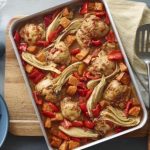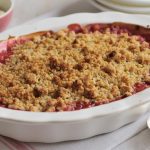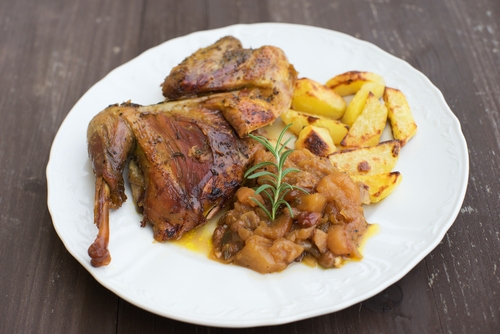
What is a Guinea Fowl?
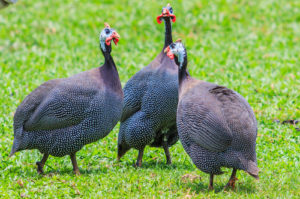
Image credit: apiguide/Shutterstock.com
The guinea fowl, which originates from West Africa, is a black and white speckled bird. It usually weighs in at between 0.8 – 1.5 kg, with the hen being larger than the cock. They were first imported to Europe by the Portuguese in the sixteenth century. While they’ve always been big on the menu in West Africa, the bird is now gaining popularity with the masses in Europe and North America, as an ‘alternative’ poultry dish.
The bird is generally about the size of a small chicken. It tastes somewhere between chicken and pheasant, with a mild gamey flavour. It’s the perfect bird to cook if you’re looking to try something new. You can treat it just like a chicken, either roasting, braising, stewing or currying it. However, guinea fowl only contains about half the amount of fat content of a chicken. This means it can have a tendency to dry out if not cooked with a good deal of care.
In the UK, the season for guinea fowl runs from September to February. They are readily available in most large supermarkets, and like all meat, organic and free-range varieties, usually provide the tastiest option. An averaged sized bird should feed between 2–3 people.
Two ways of cooking Guinea Fowl:
First Method
Ingredients
1 guinea fowl
1 lemon
1 handful of fresh thyme
1 onion
2 garlic cloves
vegetable stock (as needed)
salt
pepper
Method
- Preheat the oven to 180°C/gas mark 4
- Place a lemon in a pan of boiling water for about 10 minutes. Once soft, pierce the lemon and place in the cavity of the guinea fowl, along with a handful of fresh thyme, and season with salt and pepper
This will help keep moisture in the bird during roasting and impart a delicious flavour. - Cut an onion into quarters and crush a couple of garlic cloves. Place them in a roasting tin
- Season the outside of the bird and then place it on a wire rack sat in the roasting tin. Pour vegetable stock to about a third of the way up the tin
The liquid will create steam in the oven, which will prevent the bird from drying out. Use it to make a tasty gravy at the end of cooking. - Cover the bird in foil and roast for 25 minutes per 450g. Afterwards, remove the tin foil and roast for a further 20–25 minutes to crisp up the skin
It is cooked once the juices run clear when you pierce the thickest part of the thigh. - Once cooked, place the bird onto a plate, cover with foil, and rest for 10 minutes before serving.
Second Method
Ingredients
1 guinea fowl
1 lemon
1 handful of fresh thyme
3 – 4 bay leaves
1 tbsp peppercorns
1 knob of butter
vegetable stock (as needed)
salt
pepper
Method
- Preheat the oven to 200°C/gas mark 6.
- Put the guinea fowl in a bowl, add the lemon zest and juice, bay leaves, thyme and peppercorns. Cover and leave to marinate for 1 hour.
- Put the bird in a roasting tin, breast side down, stuff with the lemon quarters and the butter, pour the stock over and roast for 50 mins.
- Turn the bird onto its backbone, then continue to roast for a further 20 mins.
- Put the bird on a plate and cover it with foil. Leave to rest for at least 10 minutes before serving.
It’s cooked once the juices run clear when you pierce the thickest part of the thigh.
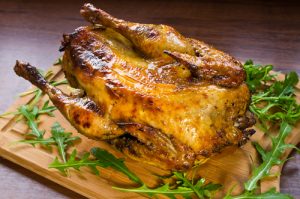
Image credit: CCat82/Shutterstock.com
Gravy
To make the gravy, put the roasting tin on heat, scrape up the juices when warm, and pour into a pan. Add redcurrant jelly, wine and 50ml (2fl oz) water to the pan and bring to the boil. Simmer for 3-5 mins to finish the gravy and then season well.
Header image credit: Jan Danek jdm.foto/Shutterstock.com
Have you enjoyed reading this article? If so, why not look up some of our other food features and menus in our Food & Drink section, by clicking on the provided link.




